From the outer skin to the innermost bean, each layer of the coffee fruit plays a vital role in postharvest processing and ultimately shapes the flavors in the cup. Whether through fermentation, drying, or hulling, the way we work with each part of the anatomy defines the chemical and physical transformations that eventually drive the cup quality.
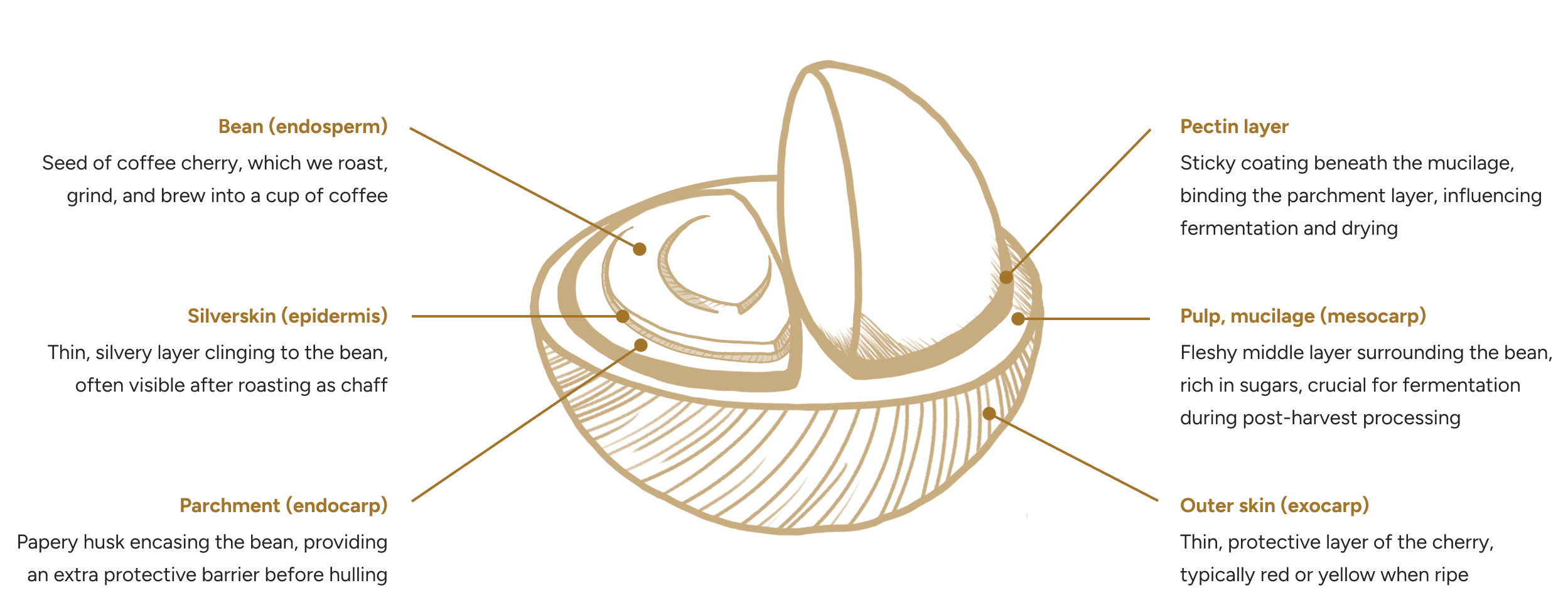
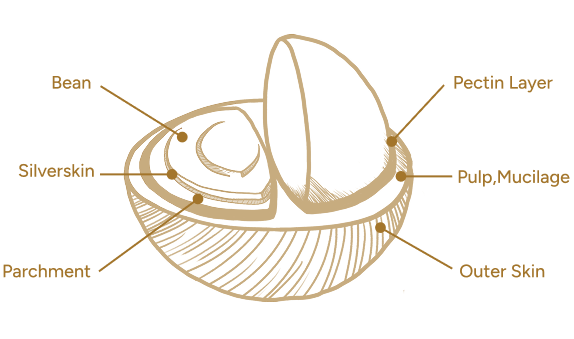
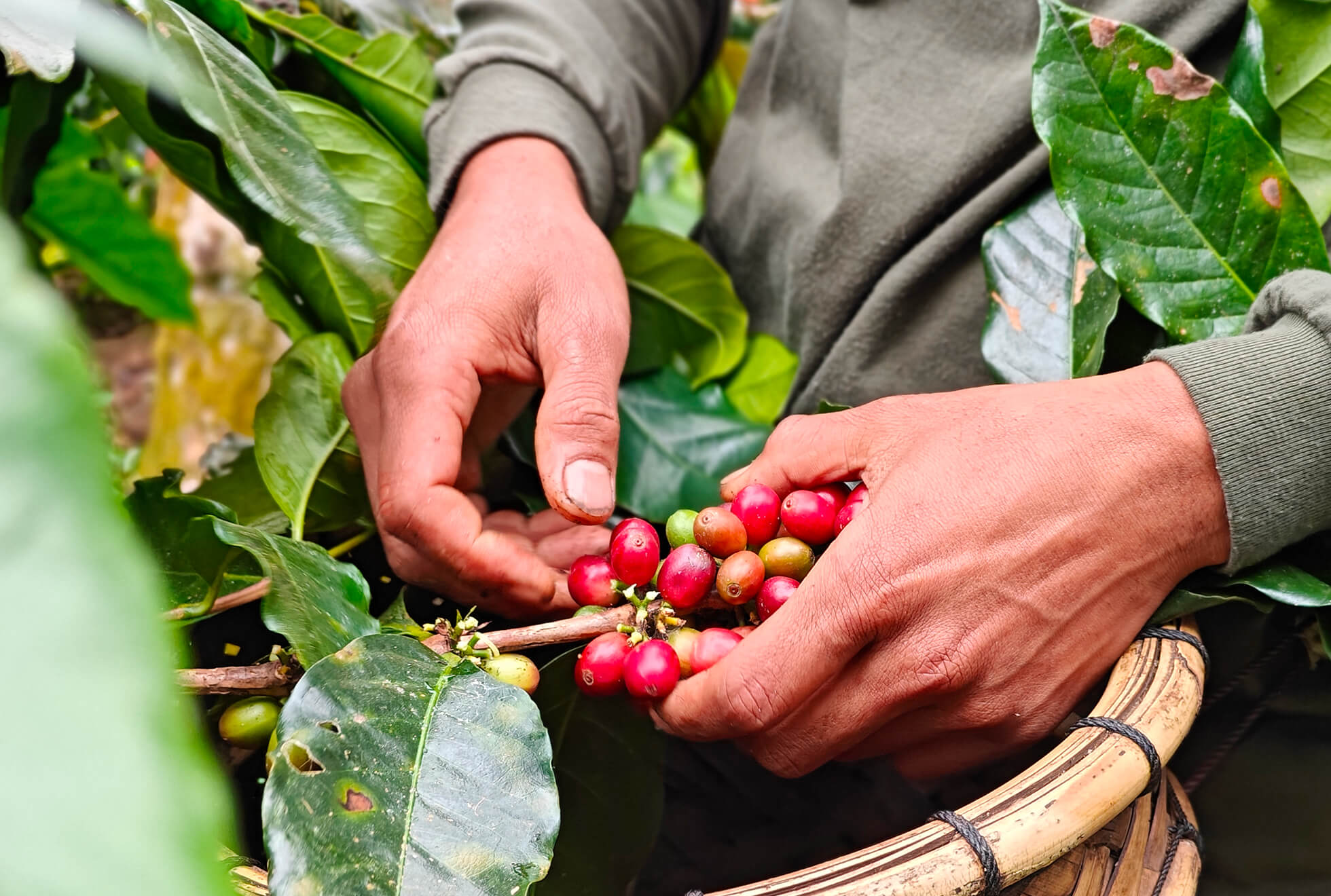
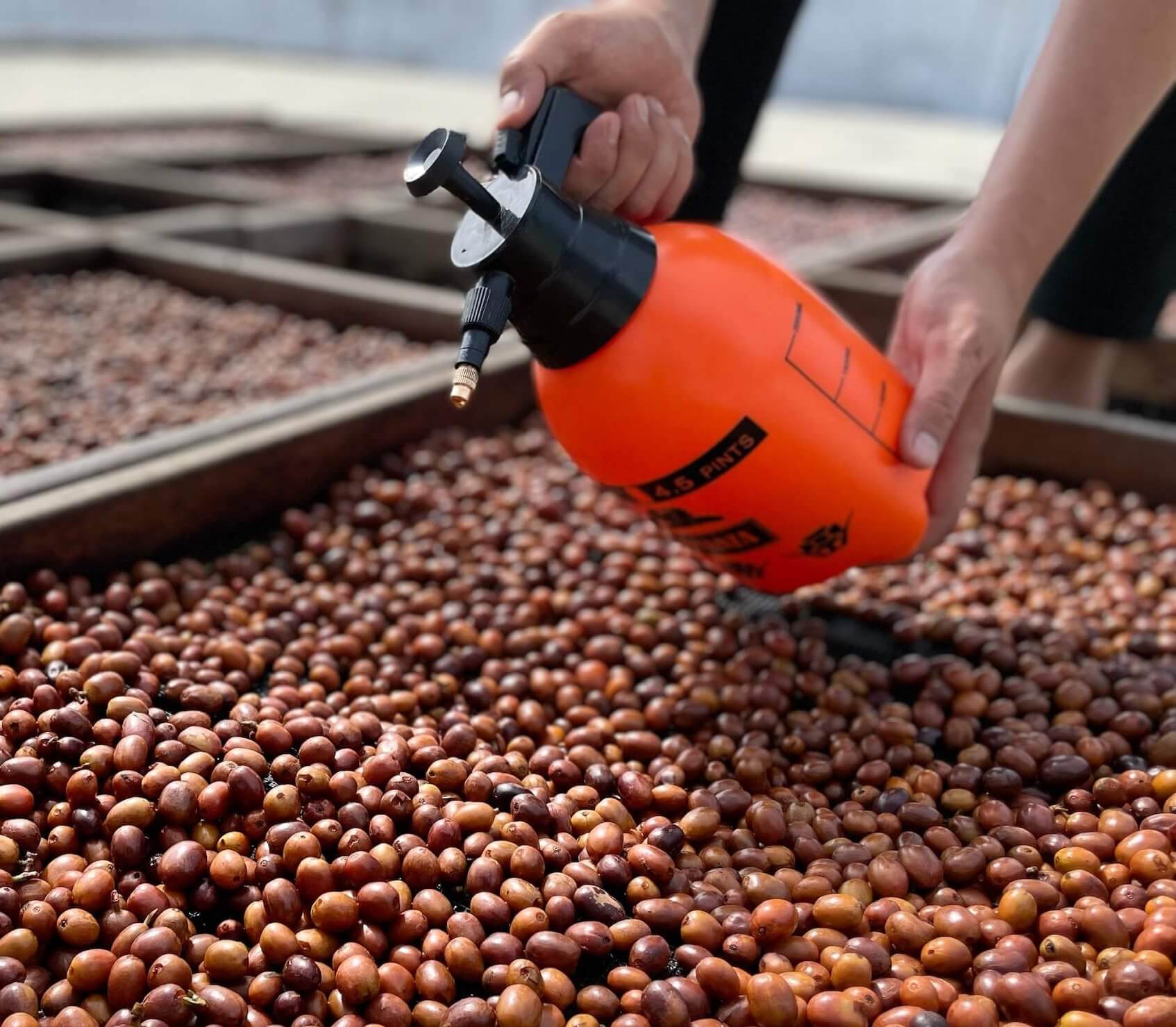
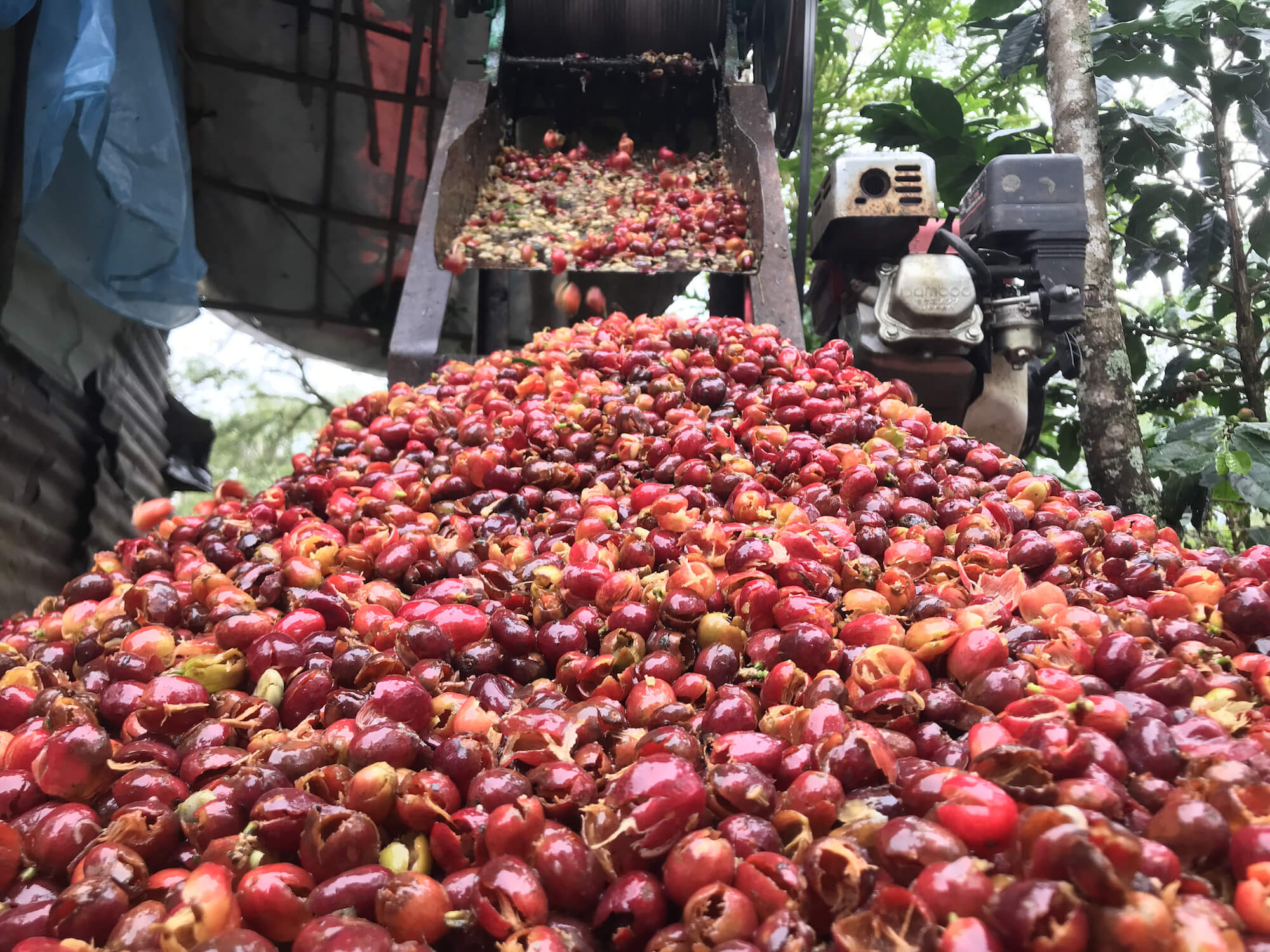
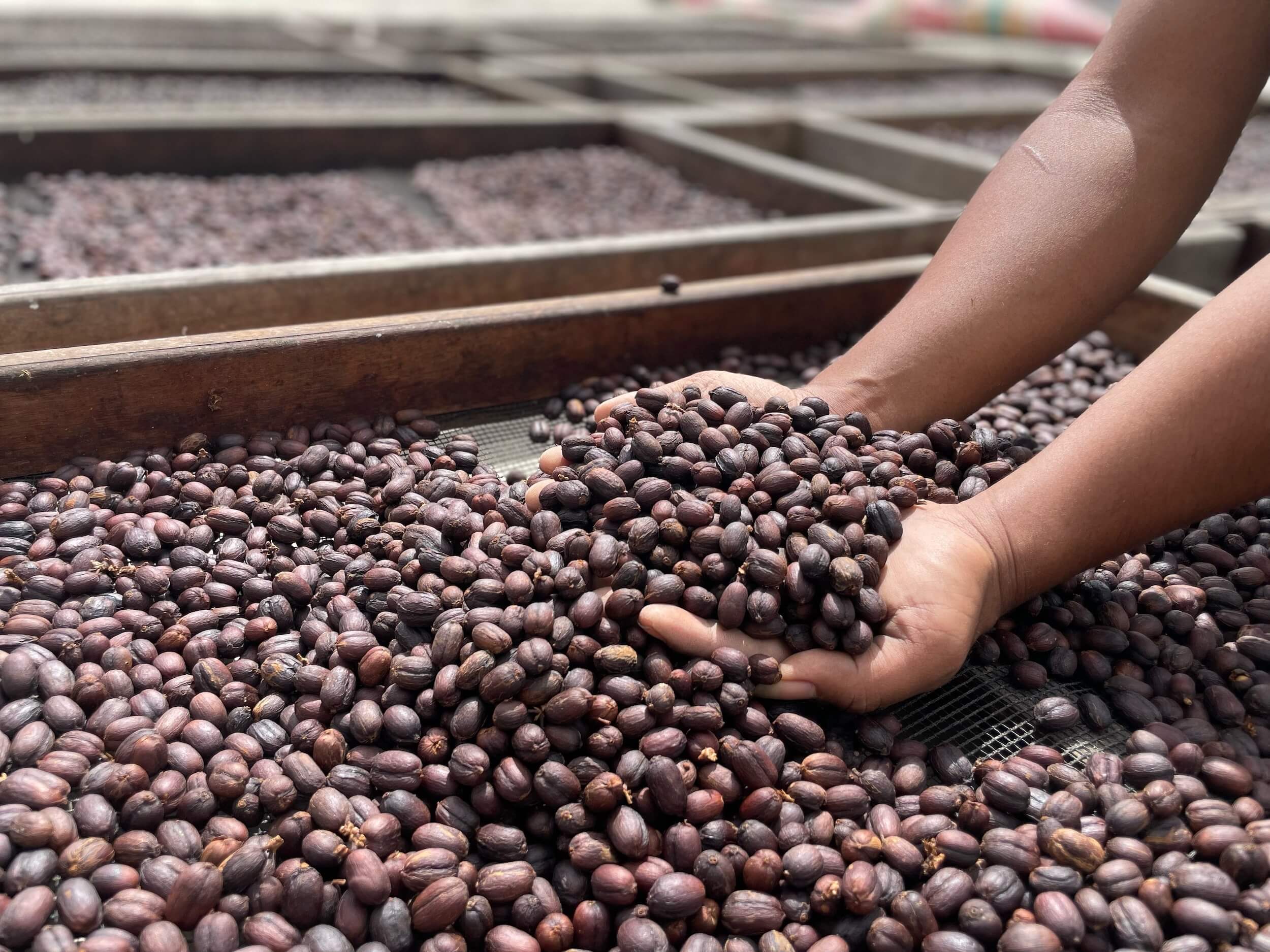
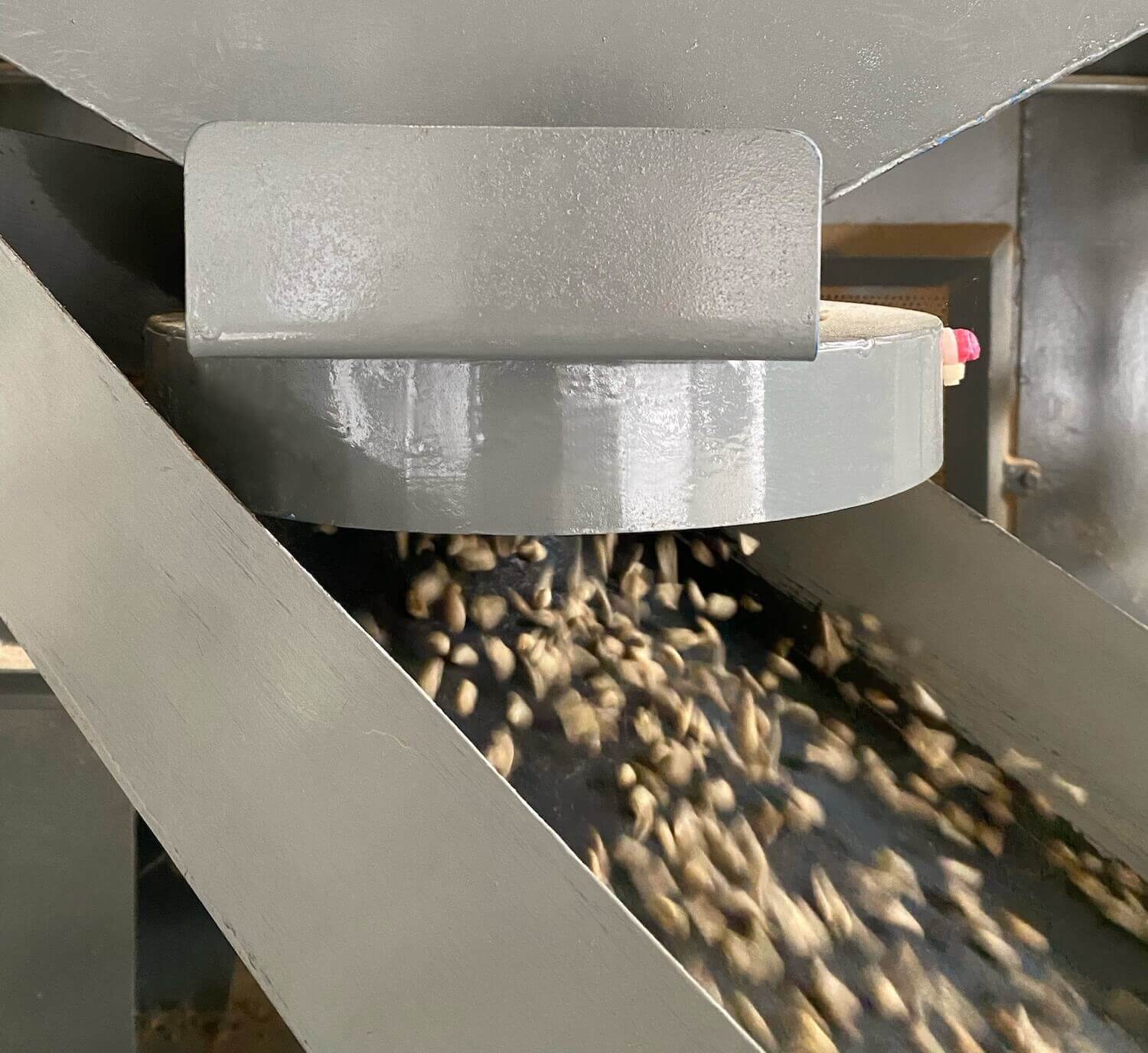
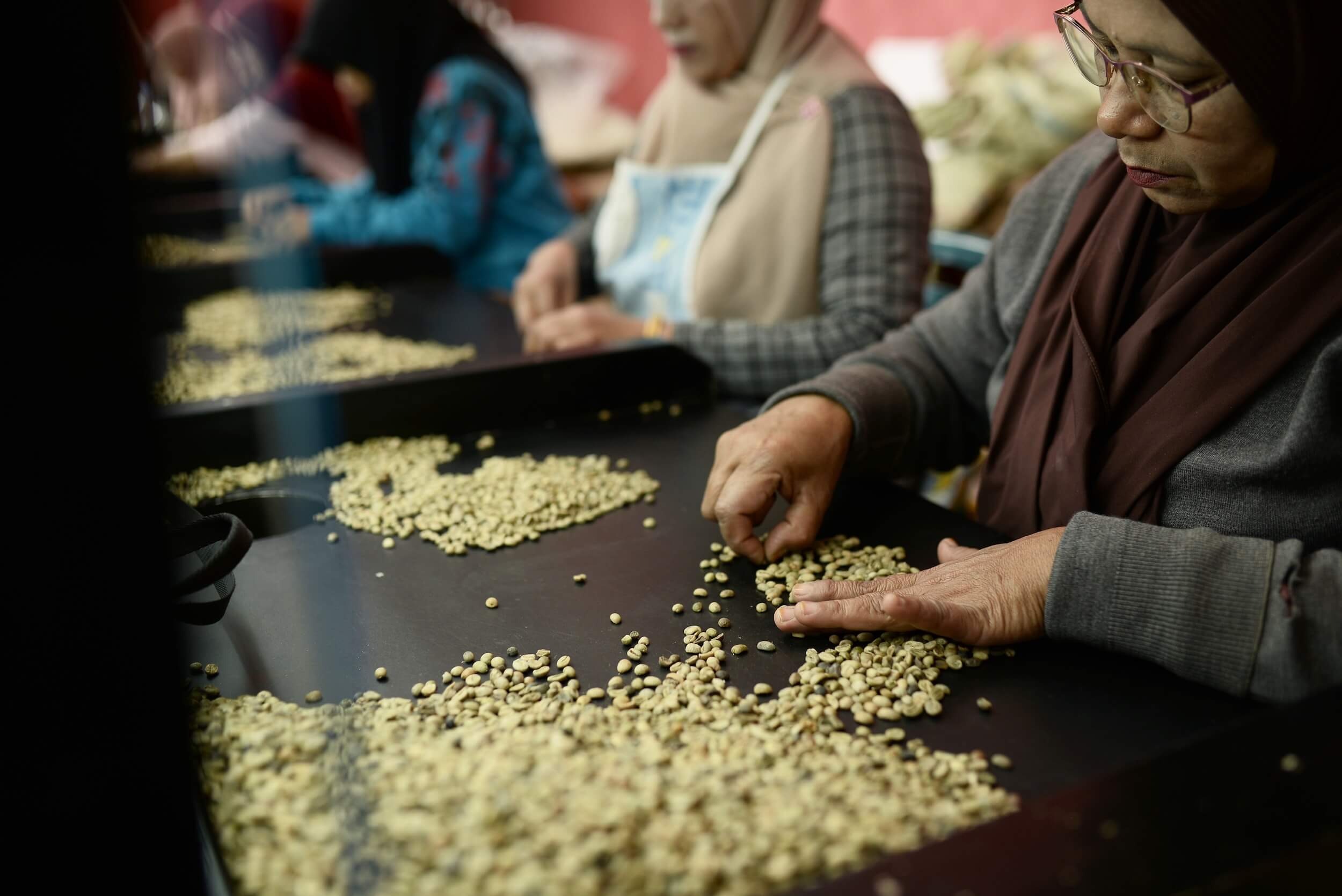

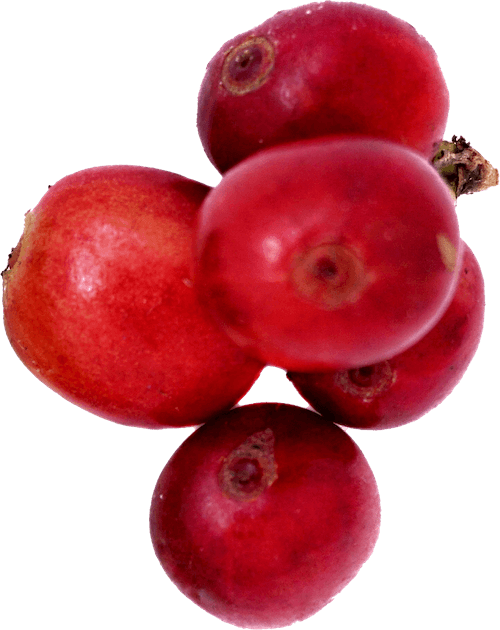
Postharvest process begins with selective harvest where only ripe cherries are handpicked, a step critical to achieving uniformity in processing and flavor development. Ripe cherries contain beans at full physiological maturity and, critically, mucilage at peak sugar content which directly influences fermentation dynamics and enzymatic activity in subsequent stages.
Selective harvest requires trained pickers and precise understanding of ripeness indicators, making it a crucial first step in producing high-quality coffee.
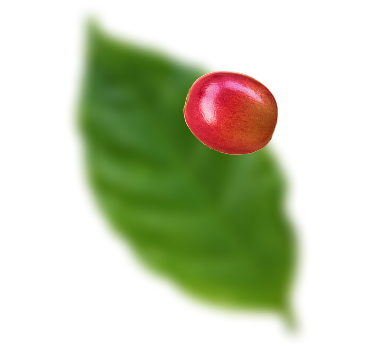
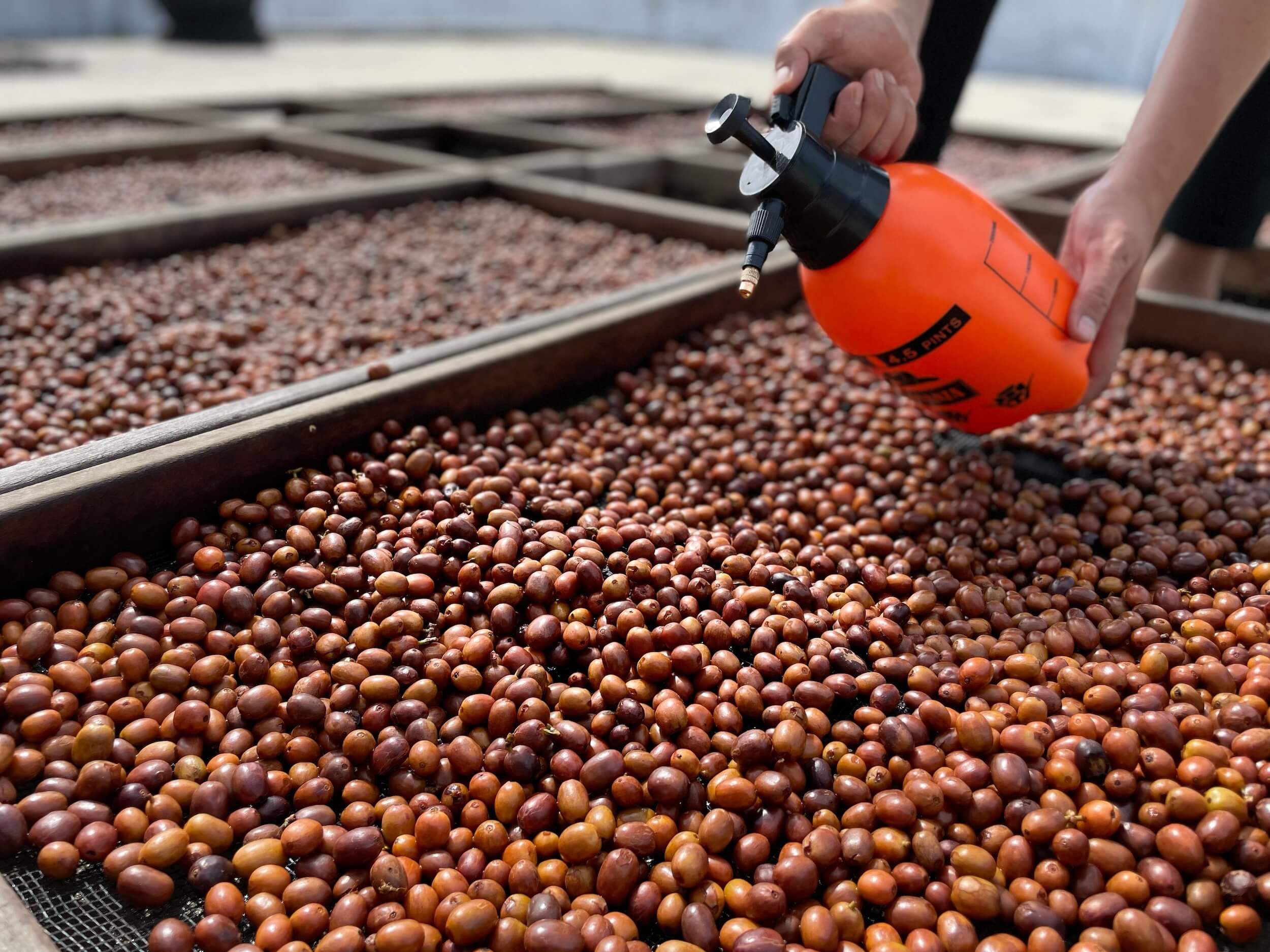
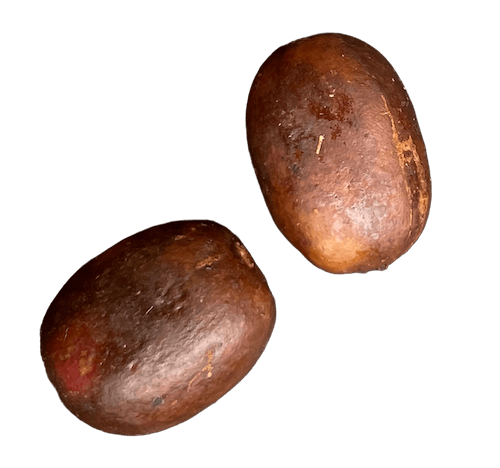
Fermentation begins as soon as the cherry is harvested, whether with the pulp and mucilage intact in natural processing or after their removal in washed or honey processes.
It transforms the biochemical makeup of the fruit by breaking down the pectin layer and mucilage through microbial and enzymatic activity. Fermentation conditions (time, temperature, pH, oxygen availability, and microbial population) influence flavor precursors, organic acid profiles, and aromatic compounds which shape the resulting coffee’s acidity, sweetness, and aroma.
Fermentation methods such as aerobic, anaerobic, or controlled inoculation are tailored to the desired cup profile.
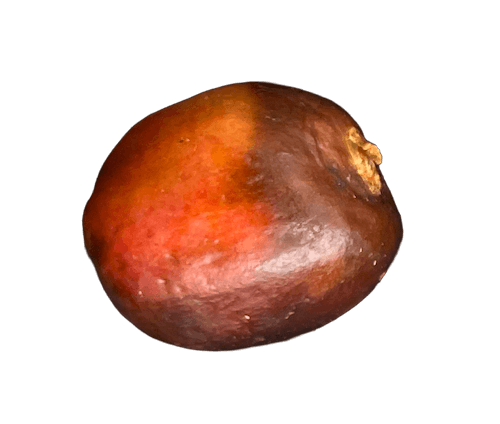

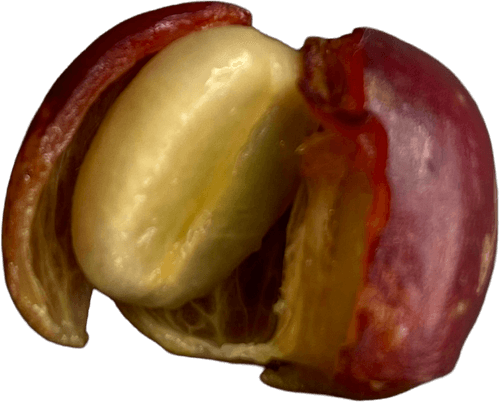
In non-natural processes, pulping removes the outer skin and most of the pulp, revealing the parchment layer coated with sticky mucilage, which plays a critical role in fermentation.
Proper machine calibration is vital to preserve the bean’s structural integrity while maximizing removal efficiency. Inadequate pulping may damage the parchment layer or leave residual pulp, increasing microbial risk and fermentation inconsistency.
This step essentially sets the foundation for clean fermentation and high-quality drying.
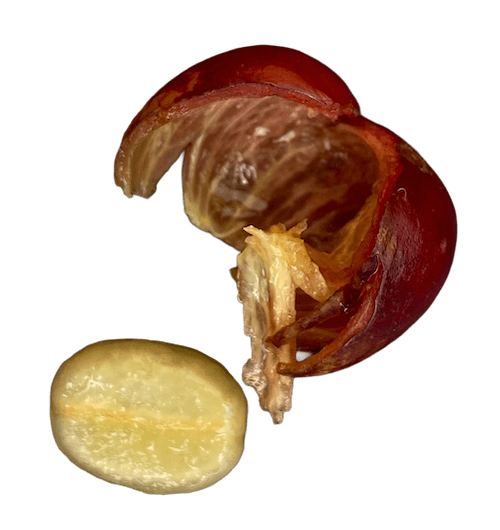

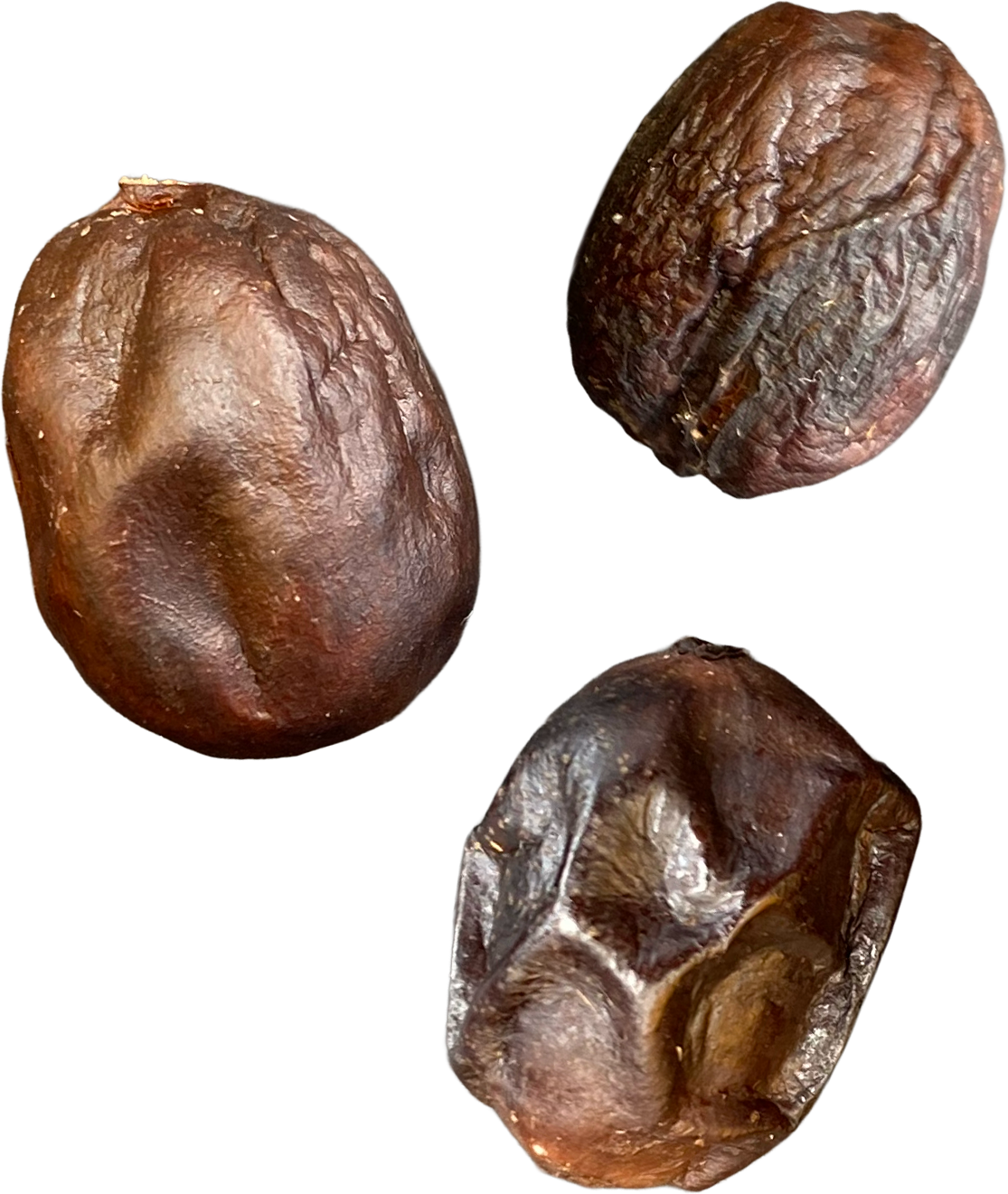
Careful drying gradually reduces the moisture content of the coffee, from the outer skin, pulp, mucilage, and parchment to the interior bean, effectively decreasing the moisture level from about 65% to a safe storage level of 11-12%.
The drying curve which consists of rate and duration is critical. Rapid drying can trap moisture internally, while slow drying risks fungal contamination. Uniform exposure, airflow, and temperature control are key to preserving volatile flavor compounds and ensuring bean stability.
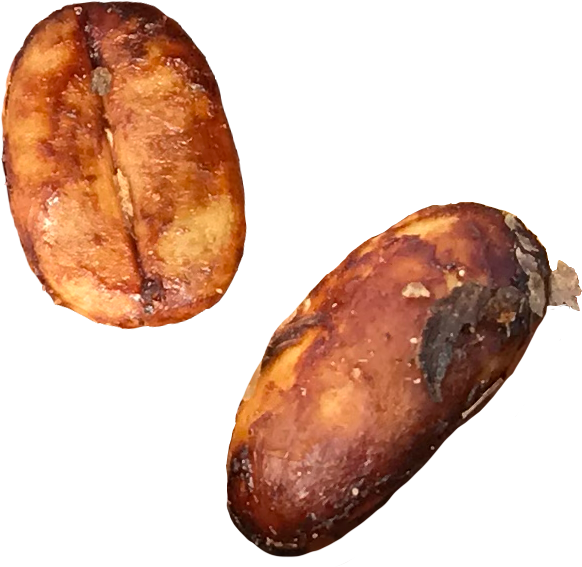

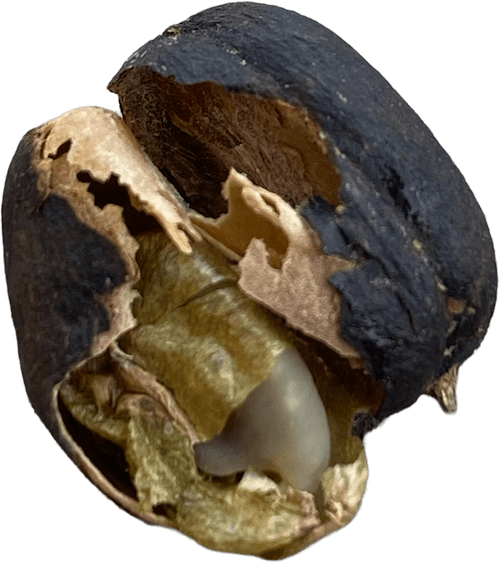
Hulling mechanically removes the dried parchment (of pulped cherry in washed or honey process) or the dried skin, pulp, and parchment altogether (in natural process) to reveal the raw green bean.
This stage requires precise calibration to prevent physical damage to the green bean, which can lead to defects and inconsistencies during roasting. The hulling efficiency directly impacts the visual and structural quality of the green coffee.
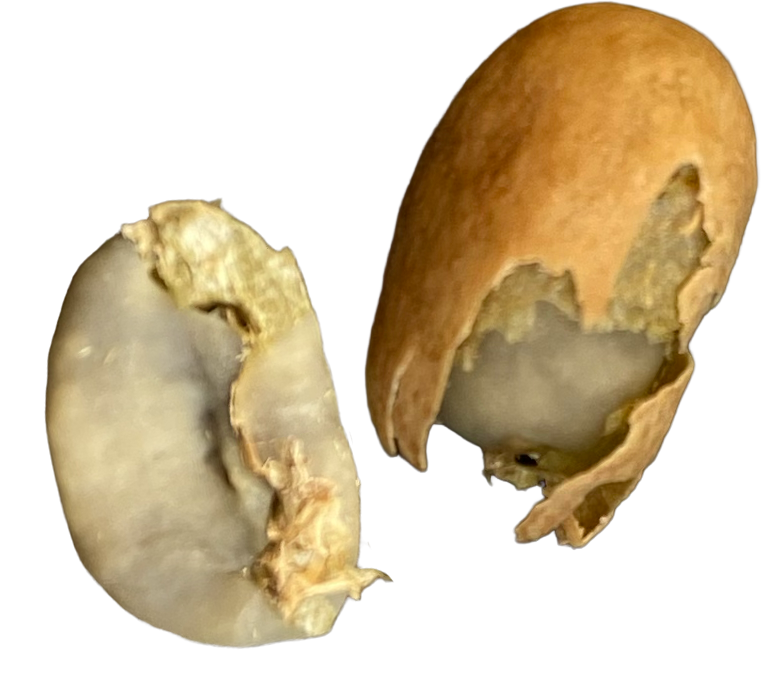

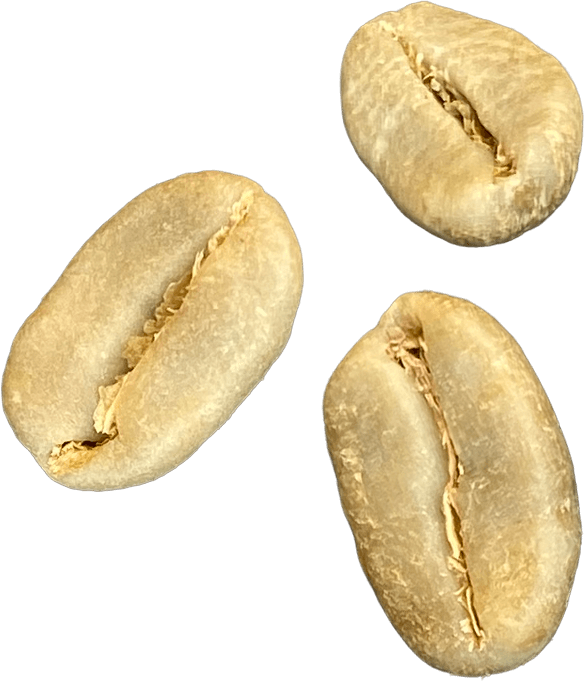
Sorting involves classifying the hulled green beans by size, density, and visual appearance to eliminate defective beans and ensure batch uniformity. It combines multiple operations from gravity separation of beans with different densities, destoning, to manual hand sorting and grading.
This step is essential for meeting specialty coffee standards and influences the consistency of roasting behavior and final cup quality.
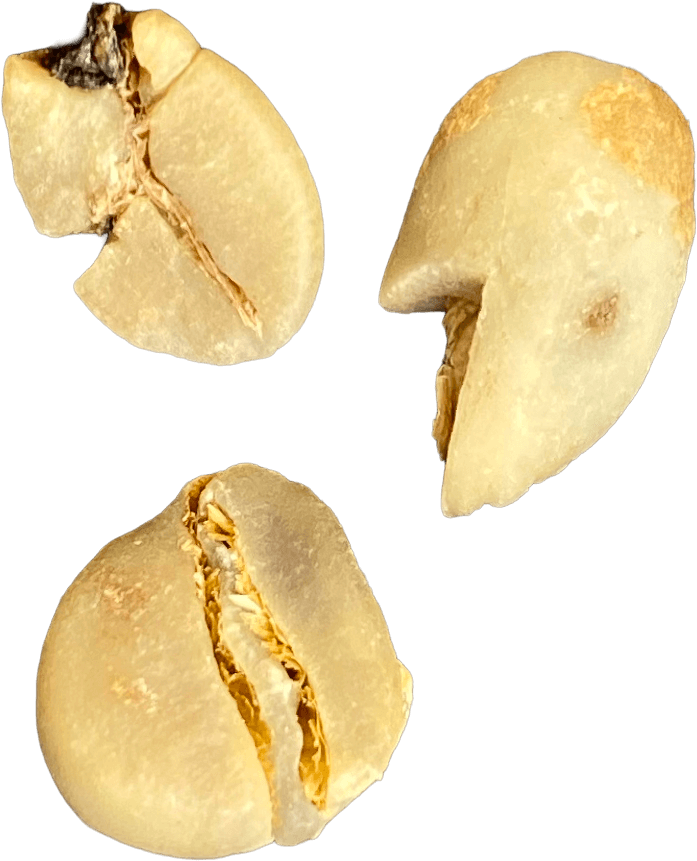
Have questions
or want to connect?
Reach out to us. We’d love to hear from you!